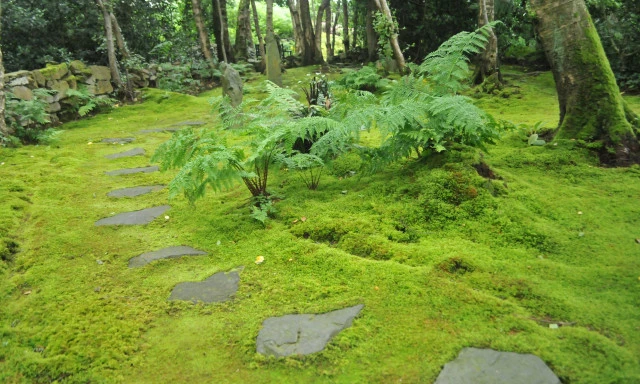The Effects of the Rhythms of Day, Night, Season, Tide and Moon on Plants
It has been known for many decades that animals have a biological clock. It is now clear that plants also exhibit biological rhythms. This is not just a physiological and behavioural response to the changing environment of the rhythms of day and night, moon phases or summer and winter. It has been shown that animals and plants continue to show the physiological and behavioural changes when removed from access to these environmental cues. They have an internal ‘clock’ that measures time and triggers changes in the animal and plant physiology and behaviour which is synchronized to the changes in the environment.
Circadian Rhythm
The diurnal rhythm is the biological rhythm with a period of about 24 hours. If the rhythm is controlled by the light and temperature changes of day and night, then it is regarded as exogenous. But if it is regulated by the organism’s internal biological clock and is independent* of the light and temperature changes, it is regarded as endogenous. If it is endogenous it is known as a circadian rhythm.
It was the diurnal rhythms of plant leaves that were first described, but it was not shown conclusively that these are circadian until the 1980s.
It was soon realized that the leaf movement rhythm was only one among many rhythms including germination, growth, enzyme activity, stomatal (pore) movement, photosynthetic activity, flower opening, and fragrance release.
Circannual Rhythm
Circannual rhythms are those that have a period that is about a year when unaffected by environmental cues, i.e. exogenous. Examples include the seasonally determined flowering time of plants and the seasonal onset of hibernation of animals. The timing of such events is often regulated by the day/night length (photoperiod).
Lunar and Tidal Rhythm
Examples of lunar period rhythms are much rarer and are mostly associated with animals. The most obvious environmental variables affected by the moon are moonlight and tide, and of these, the tide appears to have the greatest impact. For this reason, lunar rhythms seem to occur mostly in marine species. E.g. Pocillipora corals breed throughout the year, but with a lunar rhythm; in winter, breeding is related to full moon and in summer to new moon.
Despite some gardeners using lunar calendars to decide on the gardening activity, there is little or no evidence that the phases of the moon or tides have any significant effect on terrestrial plants. There is a suggestion that water in soils behaves like the tides of the oceans and seas. Water in the seas and oceans are fluid and can move in response to the changing gravitational pull of the moon and sun. But water in rocks and soils is not able to move freely and is blocked by, and adheres to, the rocks and soil, so any movement caused by changing gravitational pull would not be enough to affect plants. Indeed, even for large bodies of water such as the North American Great Lakes, the tides are only 2-3 cm which is hardly detectable. Water within plants is, similarly, not free to flow and the small changes in gravity would have very little effect on the plants. Any minor influence changes might have on plants would be swamped by the diurnal, annual and non-rhythmic environmental effects.
Therefore, for gardeners, the diurnal and annual rhythms of day/night and the seasons are much more important than the phase of the moon or the tides.
*Circadian rhythms are independent initially, but synchronisation can be re-set by the external cues e.g. our own adjustment to a new time zone after a period of jet lag.
David Brittain
Kiwicare


